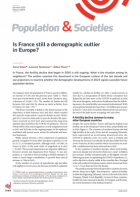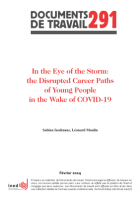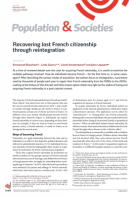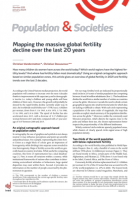
Une communauté allemande au Brésil
De l’immigration aux contacts culturels, XIXe-XXe siècle.
Collection : Études et enquêtes historiques
2011, 200 pagesPréface de Michel Oris
Introduction
Un « bouillon de culture » urbain et un problème de recherche. Construction et déconstruction d'une « culture immigrante »
Chapitre 1 : L'immigration des européens au brésil
Première partie
Histoire démographique d'une communauté ethnique
Chapitre 2 : La fécondité de trois cohortes
Chapitre 3 : Fécondité : des comportements différenciés
Deuxième partie
Histoire culturelle : sexualité, famille et ethnicité
Chapitre 4: Mariage, sexualité, reproduction
Chapitre 5: Immigration et famille
Chapitre 6 : Johann, Johannes, Hans, João... Quel nom de baptême choisir ?
Conclusion
À propos des limites d'une méthode
The aim of this book is to explore, via the lens of historical demography, the process whereby German immigrants and their descendants – both the early settlers and those who followed them – organized around a profession of faith and a parish, progressively became “Brazilian” after emigrating to Brazil.
Their history, which extends over a period of a hundred years, began with the creation of a Lutheran parish in Curitiba, capital of the state of Paraná, at the end of 1866. It is divided into two major periods marked by considerable turbulence. The first period, between 1866 and 1945, established the existence of a “German Brazilian” group, distinct both from German immigrants and from “Brazilians”. The more recent period, from 1945 up to the present, is defined in relation to the events of the Second World War and the ensuing transformations.
The sudden break brought about by the war illustrates the complexity of the cultural and institutional context which underpins the relationship between the emigrant group and the host society, and provides pointers for understanding the demographic history of the community.
Insofar as the group exhibits behaviour distinctive from that of the Brazilian population as a whole, and possesses an original set of cultural values, a specific demographic regime can be identified. Adopting an innovative approach, the authors study a clearly identified Lutheran community, comprising individuals with German-sounding names in many cases, some of whom still converse in a characteristic German dialect and speak Portuguese with a striking accent. Long excerpts from the memoirs and testimonies of community members provide an accurate picture of the early immigrants’ arrival in Brazil and of their efforts to adapt to an often hostile environment and climate, within a society totally different from that of their home country. This was a crucial period in the history of migration – and its inevitable corollary, urbanization – in which these rural “Germans”, arriving in Brazil to conquer a new land, were destined to play an active role. The analysis of their demographic behaviours reflects this process, as shown in their patterns of marriage and fertility.
Read the focus on "A German community in Brazil"







